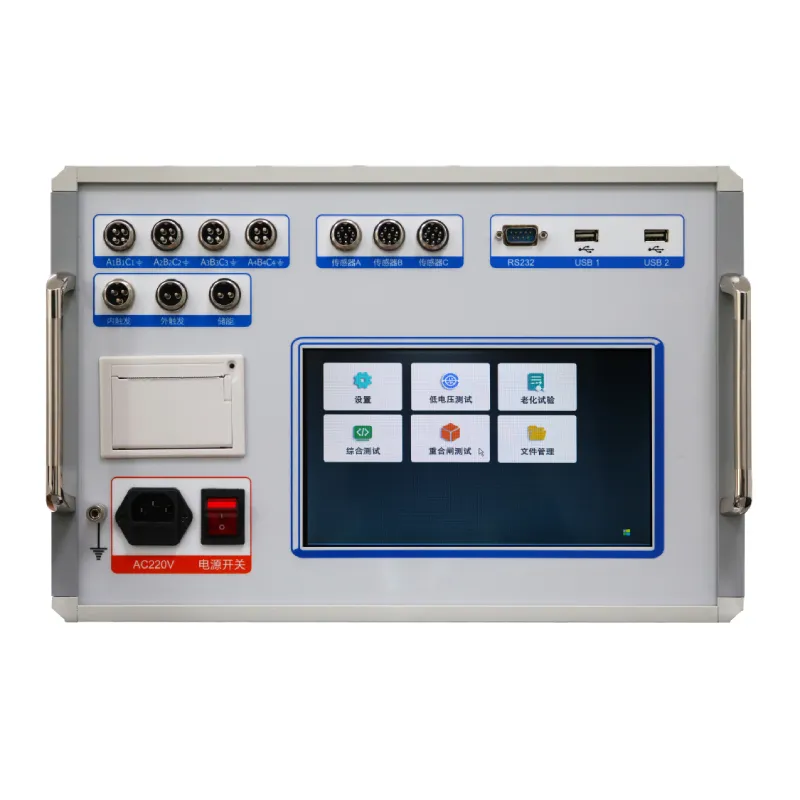 English
English



-
 Afrikaans
Afrikaans -
 Albanian
Albanian -
 Amharic
Amharic -
 Arabic
Arabic -
 Armenian
Armenian -
 Azerbaijani
Azerbaijani -
 Basque
Basque -
 Belarusian
Belarusian -
 Bengali
Bengali -
 Bosnian
Bosnian -
 Bulgarian
Bulgarian -
 Catalan
Catalan -
 Cebuano
Cebuano -
 China
China -
 China (Taiwan)
China (Taiwan) -
 Corsican
Corsican -
 Croatian
Croatian -
 Czech
Czech -
 Danish
Danish -
 Dutch
Dutch -
 English
English -
 Esperanto
Esperanto -
 Estonian
Estonian -
 Finnish
Finnish -
 French
French -
 Frisian
Frisian -
 Galician
Galician -
 Georgian
Georgian -
 German
German -
 Greek
Greek -
 Gujarati
Gujarati -
 Haitian Creole
Haitian Creole -
 hausa
hausa -
 hawaiian
hawaiian -
 Hebrew
Hebrew -
 Hindi
Hindi -
 Miao
Miao -
 Hungarian
Hungarian -
 Icelandic
Icelandic -
 igbo
igbo -
 Indonesian
Indonesian -
 irish
irish -
 Italian
Italian -
 Japanese
Japanese -
 Javanese
Javanese -
 Kannada
Kannada -
 kazakh
kazakh -
 Khmer
Khmer -
 Rwandese
Rwandese -
 Korean
Korean -
 Kurdish
Kurdish -
 Kyrgyz
Kyrgyz -
 Lao
Lao -
 Latin
Latin -
 Latvian
Latvian -
 Lithuanian
Lithuanian -
 Luxembourgish
Luxembourgish -
 Macedonian
Macedonian -
 Malgashi
Malgashi -
 Malay
Malay -
 Malayalam
Malayalam -
 Maltese
Maltese -
 Maori
Maori -
 Marathi
Marathi -
 Mongolian
Mongolian -
 Myanmar
Myanmar -
 Nepali
Nepali -
 Norwegian
Norwegian -
 Norwegian
Norwegian -
 Occitan
Occitan -
 Pashto
Pashto -
 Persian
Persian -
 Polish
Polish -
 Portuguese
Portuguese -
 Punjabi
Punjabi -
 Romanian
Romanian -
 Russian
Russian -
 Samoan
Samoan -
 Scottish Gaelic
Scottish Gaelic -
 Serbian
Serbian -
 Sesotho
Sesotho -
 Shona
Shona -
 Sindhi
Sindhi -
 Sinhala
Sinhala -
 Slovak
Slovak -
 Slovenian
Slovenian -
 Somali
Somali -
 Spanish
Spanish -
 Sundanese
Sundanese -
 Swahili
Swahili -
 Swedish
Swedish -
 Tagalog
Tagalog -
 Tajik
Tajik -
 Tamil
Tamil -
 Tatar
Tatar -
 Telugu
Telugu -
 Thai
Thai -
 Turkish
Turkish -
 Turkmen
Turkmen -
 Ukrainian
Ukrainian -
 Urdu
Urdu -
 Uighur
Uighur -
 Uzbek
Uzbek -
 Vietnamese
Vietnamese -
 Welsh
Welsh -
 Bantu
Bantu -
 Yiddish
Yiddish -
 Yoruba
Yoruba -
 Zulu
Zulu
Analysis of Titration Methods for Accurate Chemical Concentration Determination
Titration Analysis A Comprehensive Overview
Titration is a fundamental analytical technique used to determine the concentration of a solute in a solution. It plays a crucial role in various fields, including chemistry, biology, medicine, and environmental science. This technique involves the gradual addition of a titrant of known concentration to a solution of analyte until the reaction reaches completion, indicated by a change in color, pH, or electrical conductivity. The principles of titration are rooted in stoichiometry, allowing for precise calculations of concentrations and quantities involved in chemical reactions.
Types of Titration
There are several types of titration methods, each tailored to specific chemical reactions
1. Acid-Base Titration This is perhaps the most common form of titration. It involves the reaction between an acid and a base. The endpoint is typically identified using a pH indicator that changes color at a specific pH level, or with a pH meter. The volume of titrant added at the endpoint allows for the calculation of the concentration of the unknown solution.
2. Redox Titration This type involves oxidation-reduction reactions, where the electrons transfer between the titrant and the analyte. A common example is the titration of iron(II) ions with potassium permanganate, where the purple color of permanganate disappears upon reaching the endpoint.
3. Complexometric Titration This method involves the formation of complex ions and is often used in metal ion analysis. EDTA (ethylenediaminetetraacetic acid) is a common titrant used in this type of titration.
4. Precipitation Titration This method is based on the formation of a precipitate during the reaction. The endpoint is usually determined by visual inspection or by using an indicator that changes color when the precipitate forms.
The Titration Process
titration analysis

The titration process typically involves several key steps
1. Preparation The analyst prepares the titrant solution with a known concentration and selects an appropriate volumetric flask or burette for the titration.
2. Initial Setup The analyte solution is placed in a flask, and an indicator is added if necessary. The burette is filled with the titrant, and its initial volume is recorded.
3. Titration The titrant is slowly added to the analyte solution while continuously stirring. The analyst carefully observes any color change or other indicators of the endpoint.
4. Calculation Once the endpoint is reached, the volume of titrant used is recorded. Using stoichiometric relationships and the known concentration of the titrant, the concentration of the analyte can be calculated.
Applications of Titration
Titration finds applications across various industries and research fields. In pharmaceuticals, it is essential for determining the concentration of active ingredients in medications. In environmental science, titration is used to analyze water quality, determining levels of pollutants such as heavy metals or nutrients like nitrates and phosphates. Food and beverage industries utilize titration to assess acidity and sugar concentrations, ensuring product quality and compliance with regulatory standards.
Conclusion
Titration analysis is an invaluable tool in quantitative chemical analysis, enabling scientists and researchers to accurately determine the concentration of unknown solutions. Its versatility across various chemical types and industries highlights its importance in both practical applications and scientific research. With ongoing advancements in analytical technologies, the efficacy and accuracy of titration methods continue to improve, ensuring that this technique remains a cornerstone of laboratory analysis for years to come.
-
Testing Equipment Industry Sees Major Advancements in 2025: Smart & Precision Technologies Lead the WayNewsJun.06,2025
-
Applications of Direct Current Generators in Renewable Energy SystemsNewsJun.05,2025
-
Hipot Tester Calibration and Accuracy GuidelinesNewsJun.05,2025
-
Digital Circuit Breaker Analyzer Features and BenefitsNewsJun.05,2025
-
Benefits of Real-Time Power Quality Monitoring Devices for Industrial EfficiencyNewsJun.05,2025
-
Earth Fault Loop Testing in High-Rise Building Electrical SystemsNewsJun.05,2025



